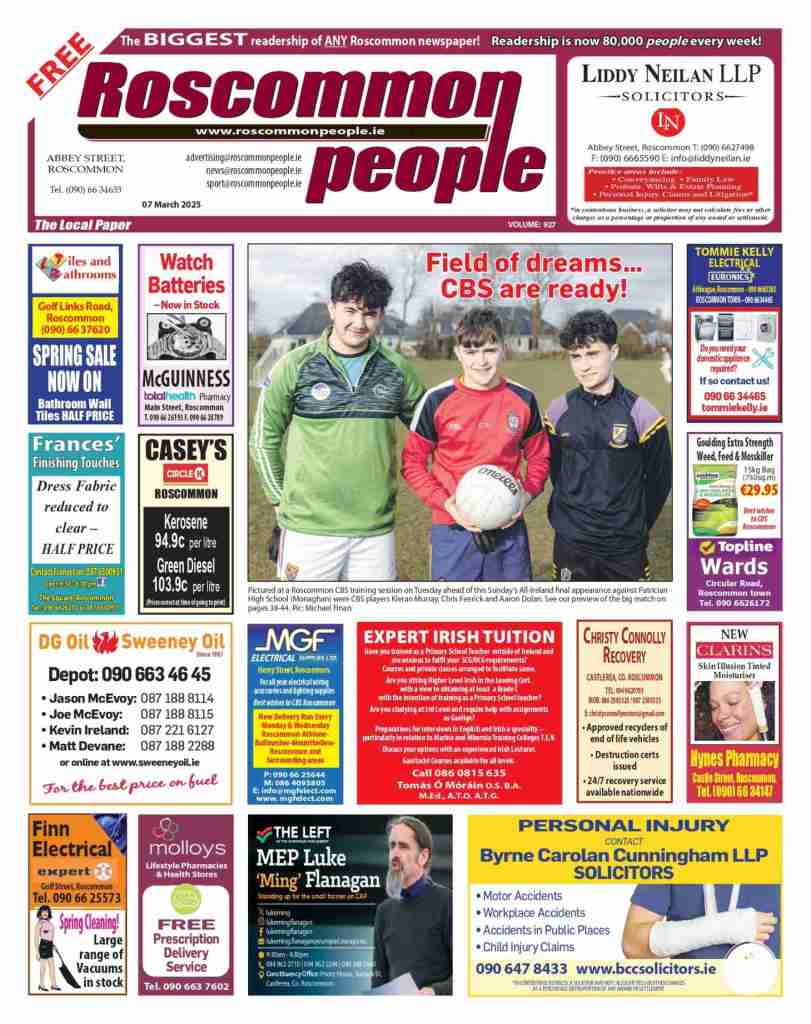Mazda wins Which? award Mazda has scooped the coveted honour of ‘Best Carmaker’ at the second annual Which? Awards, which recognise the companies and individuals that best serve the interests of consumers. In the closely-fought battle for the prestigious Best Carmaker award, Mazda edged out the previous winner, Toyota, as well as other runners-up Audi, BMW, Honda, and Lexus. In a highly complimentary awards summation, Which? praised Mazda for its: ‘blend of excellent value for money, reliability and innovation. A major advantage is that nearly all Mazda offerings are interesting to drive. There’s something for everyone in the Mazda range.’ 2008 is proving to be a stellar year for Mazda as the accolades keep coming in. The all-new Mazda2 was voted World Car of the Year 2008 with its stylish look, uncompromising safety levels, environmental standards and unique driving experience being cited as reasons for the award. Honda leads the way The FCX Clarity – Honda’s advanced hydrogen fuel cell powered vehicle – came off the line at the world’s first dedicated fuel cell vehicle manufacturing facility in Japan. After 19 years of development, the arrival of this ‘real world’ fuel cell car marks the beginning of a new era of cleaner motoring. The FCX Clarity – which only emits water from its exhaust pipe – was presented at a line-off ceremony at the Honda Automobile New Model Centre in Tochigi, Japan where Honda also showcased a number of new production processes. Among the early adopters are the actress Jamie Lee Curtis and her filmmaker husband Christopher Guest, and the film producer Ron Yerxa. A new dedicated fuel cell vehicle assembly line has been established at the Honda Automobile New Model Centre, which includes processes unique to a fuel cell vehicle such as the installation of the fuel cell stack and hydrogen tank. Honda Engineering Company Limited produces all fuel cell stacks – also in Tochigi. In manufacturing fuel cells, exclusively-designed automated equipment was introduced to ensure quality of the highest precision while enabling mass production of cells, with several hundred cells required for each fuel cell stack. Through these initiatives, Honda is making steady progress in the area of fuel cell vehicle production as well as to fuel cell and fuel cell vehicle technologies. Honda is thereby moving closer to realising its goal to enable more wide-spread use of fuel cell vehicles. The FCX Clarity was designed from scratch as a dedicated fuel cell vehicle. It is powered by the highly compact, efficient and powerful Honda V Flow fuel cell stack. Boasting a low-slung, dynamic and sophisticated appearance made possible by the innovative layout of the fuel cell power plant, the FCX Clarity offers superior design and driving performance as well as environmental responsibility. Lease sales are scheduled to begin in July in the US and in the autumn in Japan.The combined sales plan for Japan and the US is for a few dozen units within a year and about 200 units within three years. Additionally, the FCX Clarity will be exhibited at the G* Hokkaido Tokyo Summit to begin on July 7th, as one of a group of advanced environmental technologies. Sharing the road with cyclists Rising petrol costs have encouraged soaring cycle sales – so we are seeing cyclists on the roads with many different levels of experience. This presents issues for drivers; we need to take extra care to judge their speed – as well as the road and weather conditions – from the new cyclist’s point of view. Remember too that some cyclists, particularly younger ones, have never driven a car, and so don’t recognise the problems that they can cause car drivers. In an accident involving a car and a cyclist, whoever is to blame the cyclist will always be the more vulnerable to a serious injury. These tips for motorists were prepared by the Institute of Advanced Motorists with the National Cycling Strategy Board to avoid adding to the many cyclists killed or seriously injured each year.
Breaking News
- 9 hours ago
- Boil Water Notice on Castlerea public water supply lifted
- 14 hours ago
- Roscommon win major darts title
- 14 hours ago
- Local GAA fixtures – 7/3/25
- 14 hours ago
- Glaveys stars shine as Ballyhaunis eye final
- 14 hours ago
- ‘Unmissable’ farm machinery auction in Fourmilehouse on Saturday, March 15th
- 15 hours ago
- Senators debate Statute Law Revision Bill 2024 in Seanad Éireann
- 15 hours ago
- Kerrane critical as Roscommon renters ‘hit with rent hike’
- 16 hours ago
- Concerns raised over rehab unit’s omission from HSE capital plan
- 16 hours ago
- Upcoming seminars on attracting more women into politics
- 16 hours ago
- ‘Rental rates’ cited as reason for impasse over Ballaghaderreen PCC



